With apologies to Harry Nilsson
One is the loneliest number that you’ll ever see…
If you’ve been reading my work in various outlets and the reporting on my work, then you know I’ve been one of the few semi-prominent marijuana reformers openly, loudly, and proudly calling on Ohioans to vote YES on their Issue 3, a constitutional amendment to legalize marijuana.
I won’t rehash all of the “why” here. You know where I stand. But maybe you don’t understand my perspective as to why I take this somewhat unpopular stand among my colleagues, many of whom I admire greatly and respect deeply. So let me address some of the common points of contention by explaining a bit of my perspective.
One accusation I face is that I am approaching this Ohio legalization in a “binary” fashion. I’m accused of not understanding nuance – how one can support legalization in general, yet oppose this one specifically.
I get that justification. Many of the reformers who disagree with me use that justification to feel like they are the good guys in this debate, the ones saving cannabis consumers from a fate worse than prohibition. They must really believe that ten designated marijuana lands serving consumers who are legal to possess an ounce or grow their own is a fate worse than suffering a humiliating search, detention, tickets, fines, arrest, incarceration, and a criminal record.
Our friendly Beehive State – How can we help you, Utah?
But when I was stopped in Utah because my assistant looked and smelled like a pothead, the cops didn’t approach me with much nuance. Being cuffed and sat on the side of the freeway while cops riffled through all my belongings felt pretty binary – I was a criminal, they were cops. The cell I sat in for six hours seemed to me far more loathesome than whether the wrong land owner made a profit selling marijuana.
I’m also accused of not seeing the big picture – that establishing Ohio legalization will set bad precedent or the Ohio operators will present a negative model of legalization replete with cartoon characters that forestalls progress elsewhere.
I get that, too. Issue 3 using the Buddie cartoon mascot is abominable public relations for Ohio and the rest of the nation trying to legalize. [UPDATE: Issue 3 specifically mandates a 7-member cannabis commission appointed by the pot-hating governor to set all marijuana regulations… so you need to believe 4/7ths of them would support allowing pot shops to advertise with cartoon mascots.] The idea that some future rich guys may duplicate this model to buy another legalization amendment elsewhere is certainly a possibility. (Oh, no, there may be more states where I’m not treated as a criminal and I don’t have to buy from criminals! Please, rich guys, head to Idaho!)
No is the saddest experience you’ll ever know…
But I believe the biggest public relations boost we have is the tide of inevitability. Notwithstanding Oregon’s 2012 failure (the kind of wide-open, grower-friendly legalization the Ohio opponents seem to prefer), we are 4-0 with well-regulated, well-funded legalization campaigns in two successive elections.
My colleagues assure me that in the wake of an Ohio loss, they’ll tout how Ohioans are ready for legalization, based on polls, but rejected this legalization’s business plan. I hope they’ll be able to out-shout Kevin Sabet, who will be on endless loop explaining on TVs everywhere how legalization is not inevitable, how only the kooky leftie-liberal westerners support it, how sensible Ohioans recognized a buyers’ remorse on legalization.
That stance would be more defensible if I saw any of the major reform groups marshaling resources for a 2016 Ohio legalization fight, but they’re all focused on California primarily, Nevada and the other 2016 states secondarily, with tertiary interest in some friendly state legislatures, like Rhode Island or Vermont. Ohio’s not even on the radar.
So, I should remain a criminal and shop from criminals in Ohio until… when? When one of the grassroots groups that are broke or in debt and can’t even amass signatures for medical marijuana find $20,000,000 to place True Legalization™ on the ballot?
I met him in a cell in New Orleans, I was down and out…
Sometimes in reading the complaints of my colleagues, I’m taken aback by the sheer reverence and deference to illegal pot growers. Those brave pioneers, I’m told, sacrificed and risked to grow the marijuana throughout prohibition and they should be rewarded with riches in the legal paradigm of marijuana… not the investors who actually make legalization happen.
I don’t share that view. The pot growers and dealers got paid. Whatever risk they faced from cops and prison was reimbursed by charging us tokers $300/ounce or more for something it cost them $12.50 to $25 per ounce to grow. For every one of them who made money and got arrested, there were seven of us who paid money and got arrested.
Did those growers and dealers contribute to ending my criminality? Some did by donating some of their windfall to NORML, MPP, DPA, or a legalization campaign. But the vast majority never did, recognizing that legalization means the end of their sleep-til-noon, play-in-dirt, tax-and-reg-free, all-cash-income. Furthermore, when chances to end my criminality arose in California and Washington, those growers and dealers were some of the loudest opponents and even used profits from our consumer weed buys to keep us criminals. Why should I be concerned about how the people who exploited my consumer risk at great profit make out after I’m no longer desperate enough to buy from them?
I grew up a toker in Idaho. My growers and dealers weren’t friendly families of Northern California or Southeast Ohio hippies just trying to earn a living. My growers and dealers were directly affiliated with the Mexican Mafia. I’ve seen bullets fly over weed deals and alleged snitches in the hospital. Friends of mine are still in the Idaho State Penitentiary over weed.
Every state that legalizes is one state closer to Idaho legalizing. Maybe that will happen before my parents die, so I don’t have to look over my shoulder when I visit them. Every drive I make to Nampa, Idaho, just 35 miles over the Oregon border, is 35 miles of driving where any traffic accident or police encounter could mean a DUID charge, because I’ve always got some active THC in my system.
Sit beside the breakfast table – Think about your troubles
Speaking of which, maybe part of why I’m so determined on this Ohio thing is because I already had to come to a very difficult moral decision in supporting Washington’s I-502. I’ve always said I’ll support any legalization that improves the status quo for marijuana consumers.
The trouble for me was that I-502 was a bit of a wash. It improved my status quo for possession and shopping, but degraded my status quo for driving, and maintained the status quo for home growing (none). In the very beginning, I was actually anti-I-502. But after speaking with my colleagues in major reform organizations that were pumping millions of dollars and tons of airtime in support of I-502, I was convinced that these compromises were necessary to get the win, that the win was so monumental it would overshadow the negatives, that we’d eventually fix the negatives.
I’m glad they convinced me, because they were right. Legalization changed everything. A loss coupled with Oregon’s would’ve left Colorado as some sort of fluke. Alaska and Oregon likely wouldn’t have attempted 2014.
So I’m perplexed as to why those anti-consumer sacrifices were worth it, but I’m supposed to reject a pro-consumer legalization in Ohio because it’s anti-dealer?
Originally, there was no home grow under Ohio’s plan, and I was ready to be vocally against it for that reason. Locking up commercial growing with no home grow remedy may have been odious enough to earn my disapproval. But to complain about ten commercial farms when there will be tens of thousands of home grows seems very Chicken Little to me.
Hate oligopolies? Don’t buy from them. Grow your own. Buy from a friend who grows his own. You know, like you do now under prohibition, but without the threat of harassment, tickets, and arrest.
Said, Doctor, ain’t there nothin’ I can take, I said, Doctor, to relieve this bellyache?
Then there’s the medical marijuana aspect. For years now, I’ve watched as medical marijuana laws have gotten shittier and shittier. We go from California’s quasi-legalization, to home grows and dispensaries, to dispensaries only without home grow, to dispensaries that don’t dispense whole plant, to states that only allow CBD oil if you smuggle it in from out-of-state. And at every stage in every state, major reform orgs sold me on the idea of incrementalism, that legislative states require more sacrifices and compromises, that eastern voters are more reticent, that any baby step forward is progress and, most of all, used like a cudgel to beat back any legitimate complaints, patients can’t wait!
But now, apparently, patients can wait if the wrong people profit. Now the trembling epileptic kid’s parents can keep risking the felony for cannabis oil, because a cartel (not Pfizer, GlaxoSmithKline, or Merck) will profit. Now the Stage 4 cancer patient should just hang on until… whenever someone ponies up $20,000,000 to legalize his medicine.
Why is a cartel of 10, 6, 5, 4, or 2 rich growers selling cannabis medicine in eastern legislative medical marijuana states an acceptable compromise, but 10 pre-owned farmlands with numerous lessees growing cannabis medicine not acceptable? One colleague tells me those compromises were necessary because they’re not initiative states, but apparently, nobody was putting up any initiatives in Ohio until Issue 3 made their compromise. Looks like that compromise was necessary, too, since Soros/Lewis/Sperling weren’t funding anything there in the near future.
You read that in some magazine? – Next thing you’ll say the earth’s not green
Finally, some are upset at what they perceive to be name-calling. Specifically, “prohibitionists”. Many longtime marijuana reformers who’ve done great work that I respect deeply take umbrance to being called a “prohibitionist”, feeling it unfair for me to call them such when they support legalization in general, but not this legalization.
But what is the proper term for someone who votes against legalization and, in doing so, maintains prohibition? What do you call someone who joins Kevin Sabet, cops, prosecutors, jailers, rehabbers, and drug testers in voting to maintain the status quo that funds those entities by ruining cannabis consumers’ lives? The ballot doesn’t have marks for “YES, NO, and NO, BUT”. It has marks for “end prohibition” and “keep prohibition”.
It reminds me of the joke about the guy who complains he built a thousand bridges, but nobody calls him Larry the Bridge Builder, but fuck one goat and what do they call him?
Unlike the joke, however, just because you’re a prohibitionist on this one legalization vote doesn’t mean you’re a prohibitionist forever. Indeed, on November 4, whether Issue 3 fails or succeeds, I’ll count many of you as legalizers again as we work on 2016’s efforts in six states (assuming you don’t find business faults in those). But should it fail, I will be reminding every person ticketed or arrested and every patient that suffers or dies until the next legalization comes along in Ohio that I have never fucked the goat.

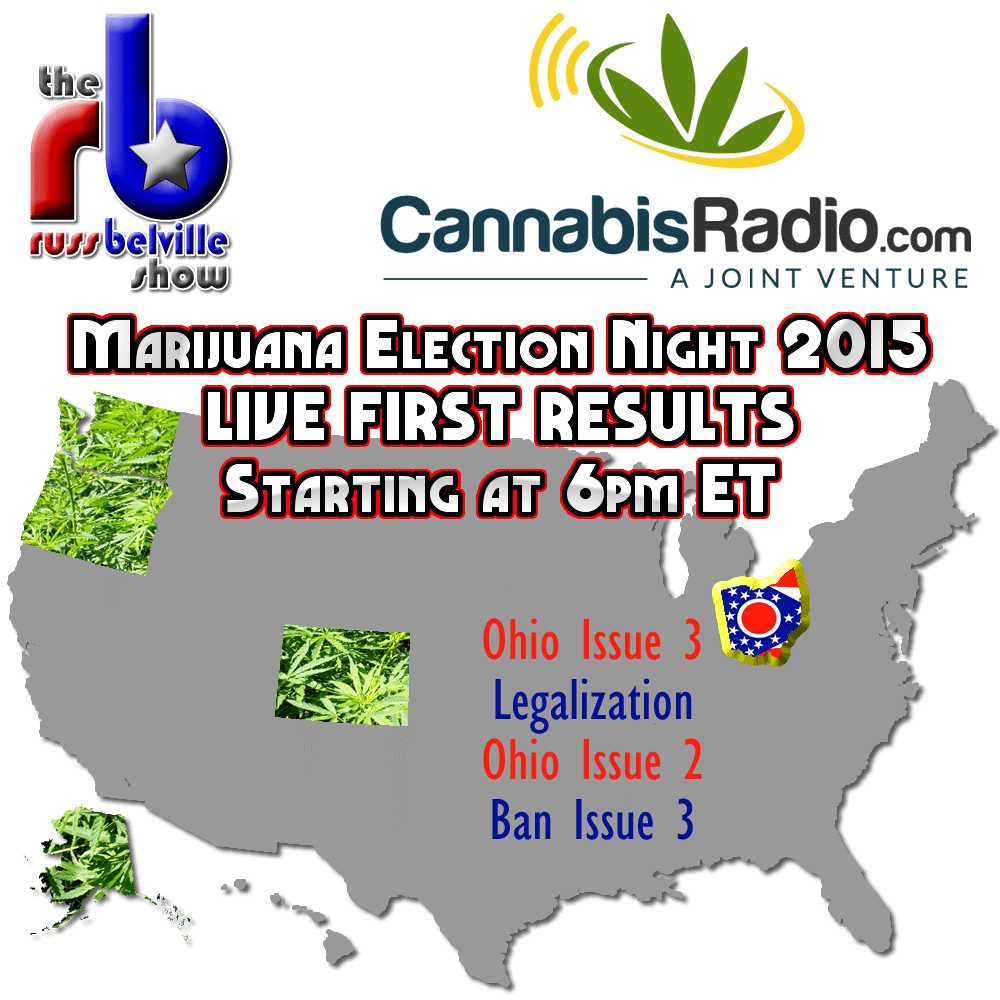
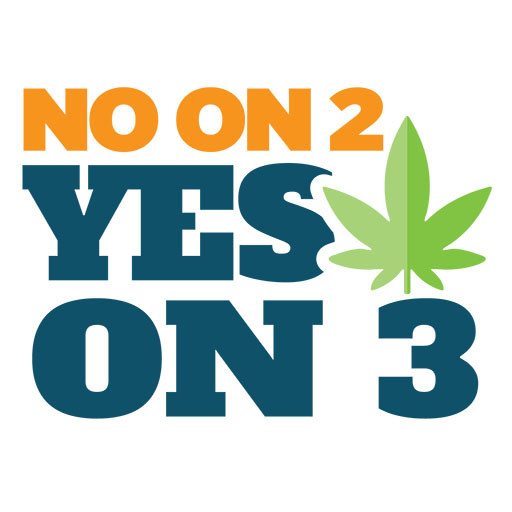

 “Why is it any different for marijuana in this regard than if we had cartel members in town for their annual cartel convention?” Montgomery asked.
“Why is it any different for marijuana in this regard than if we had cartel members in town for their annual cartel convention?” Montgomery asked.





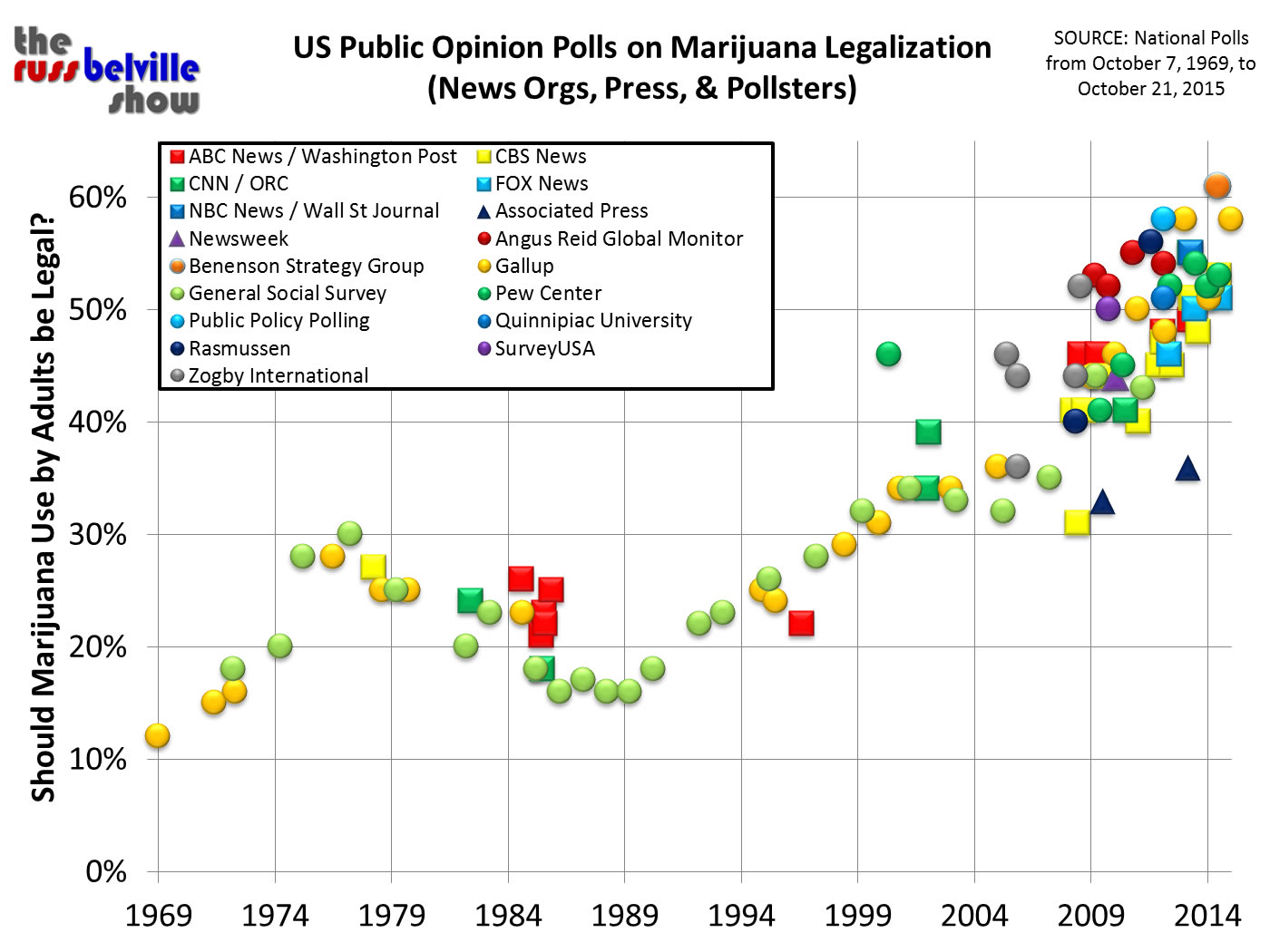
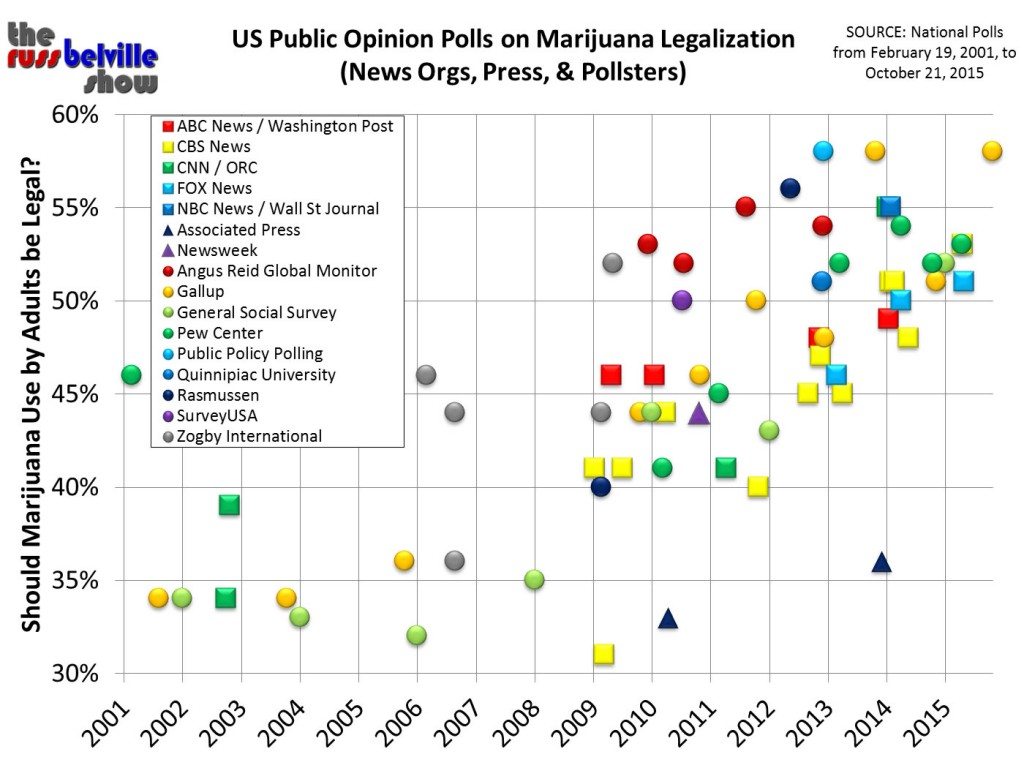


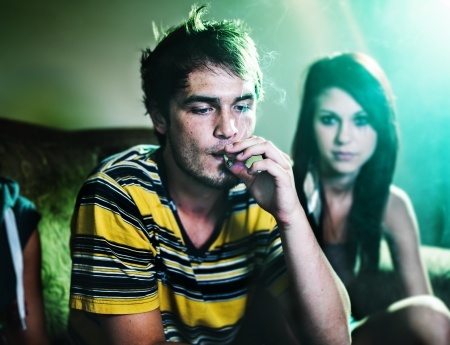






 It was in that capacity as NORML’s Outreach Coordinator in 2011 and 2012 that I was the only national representative living in the Pacific Northwest. When Initiative 502 was circulating in Washington to legalize marijuana, many of my regional activist friends were dead set against it. My strong and, at times, vicious support of I-502 earned me nasty internet picture memes, threats of physical harm, and blacklisting by some that still exists to this day.
It was in that capacity as NORML’s Outreach Coordinator in 2011 and 2012 that I was the only national representative living in the Pacific Northwest. When Initiative 502 was circulating in Washington to legalize marijuana, many of my regional activist friends were dead set against it. My strong and, at times, vicious support of I-502 earned me nasty internet picture memes, threats of physical harm, and blacklisting by some that still exists to this day.


















